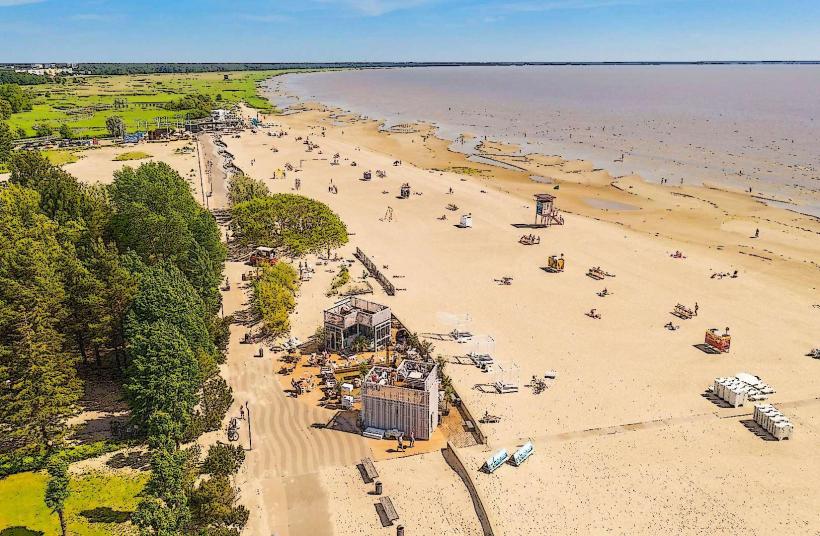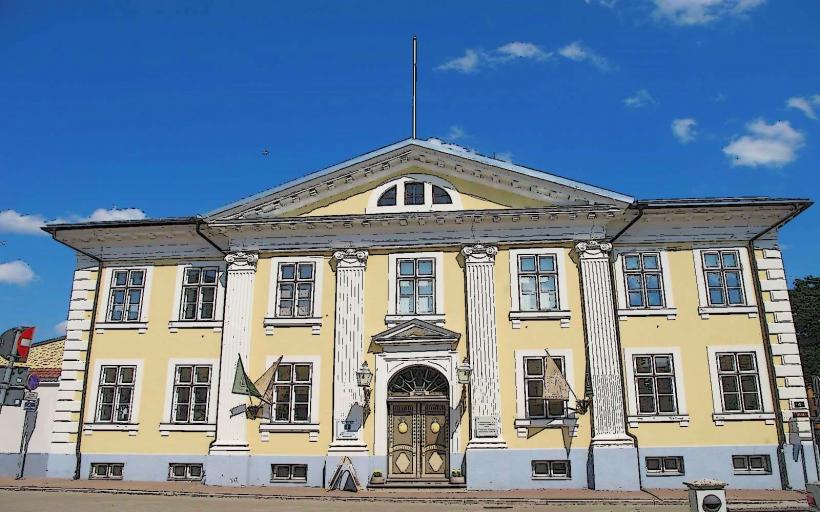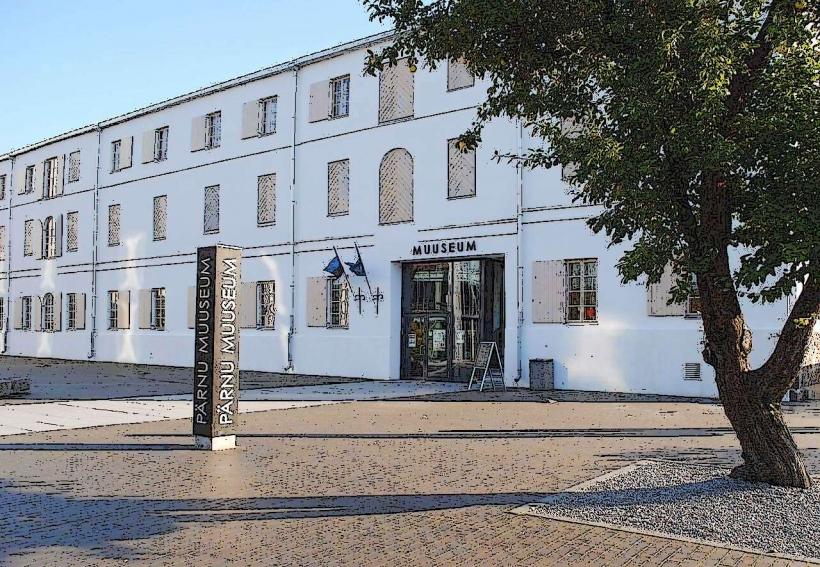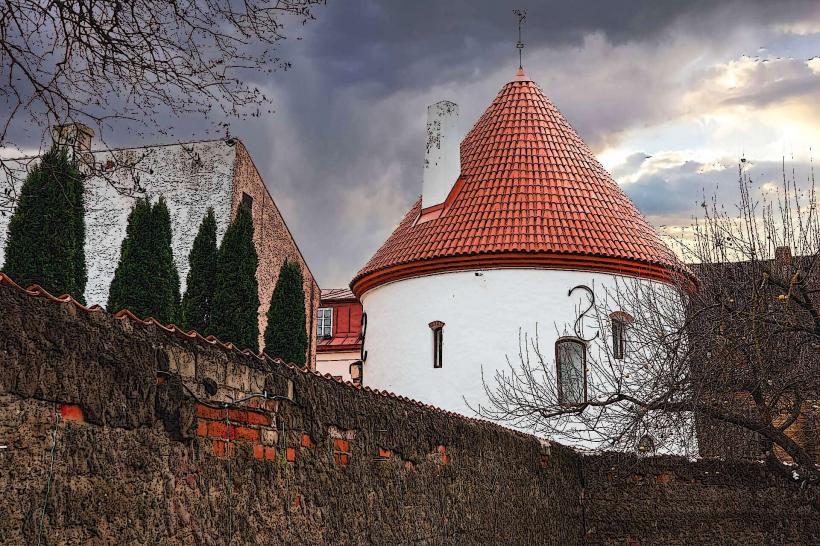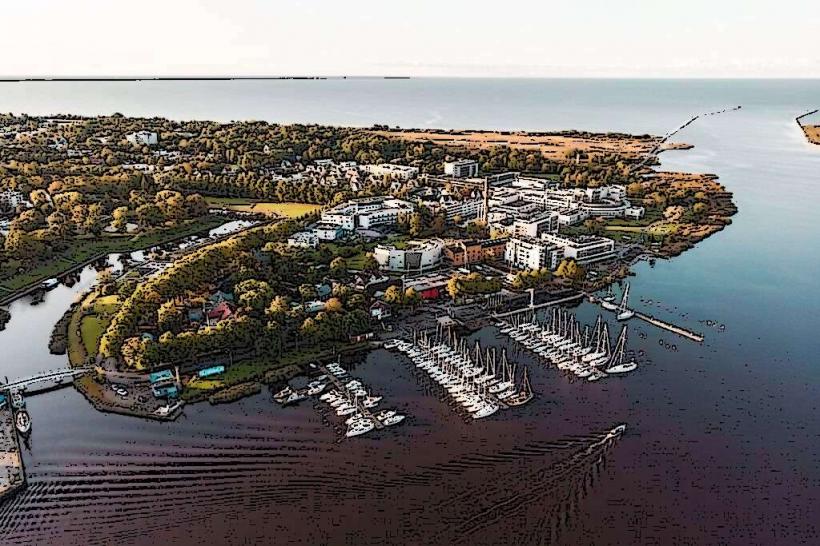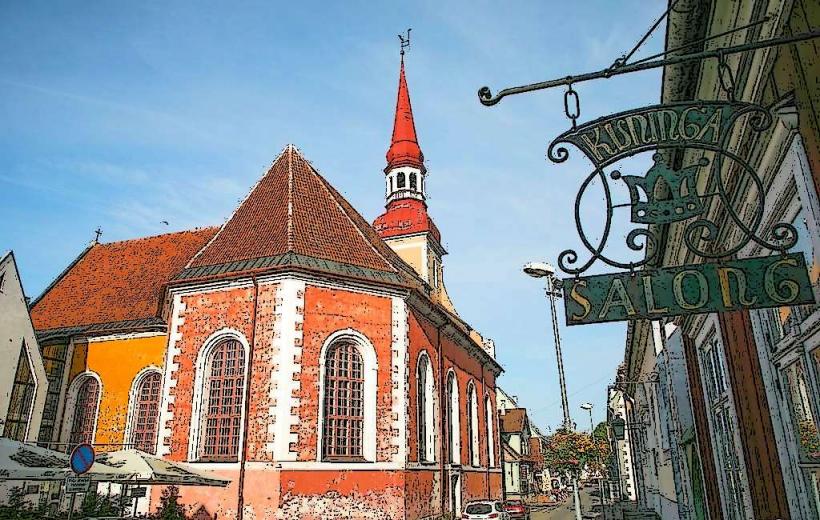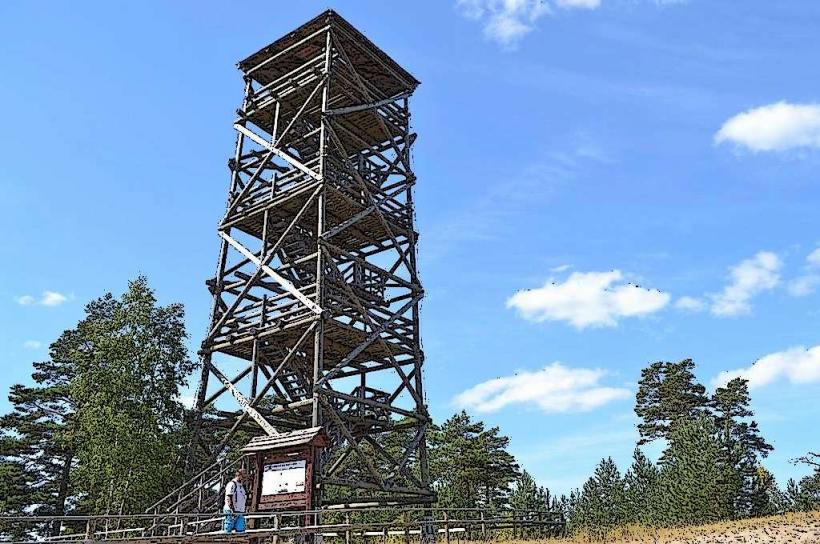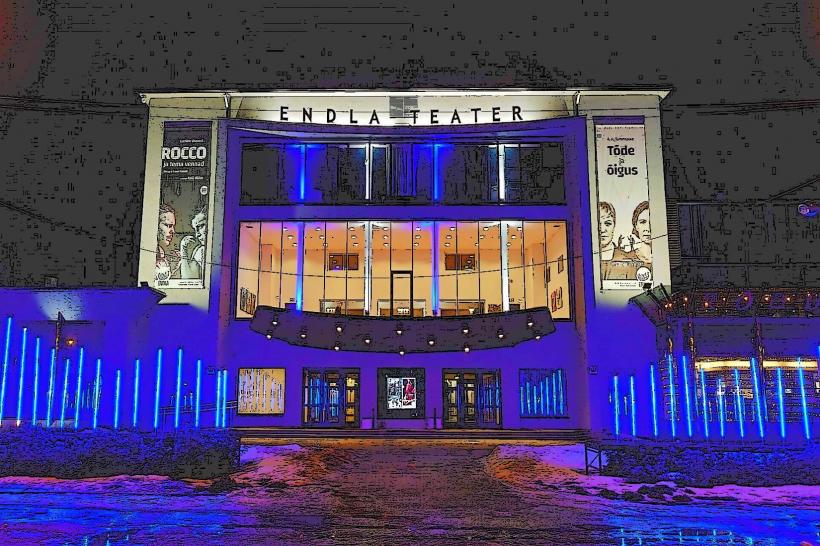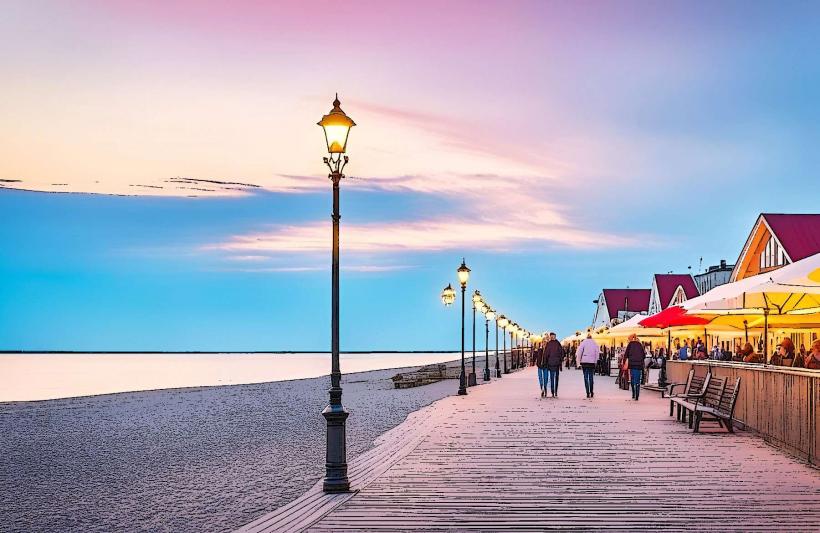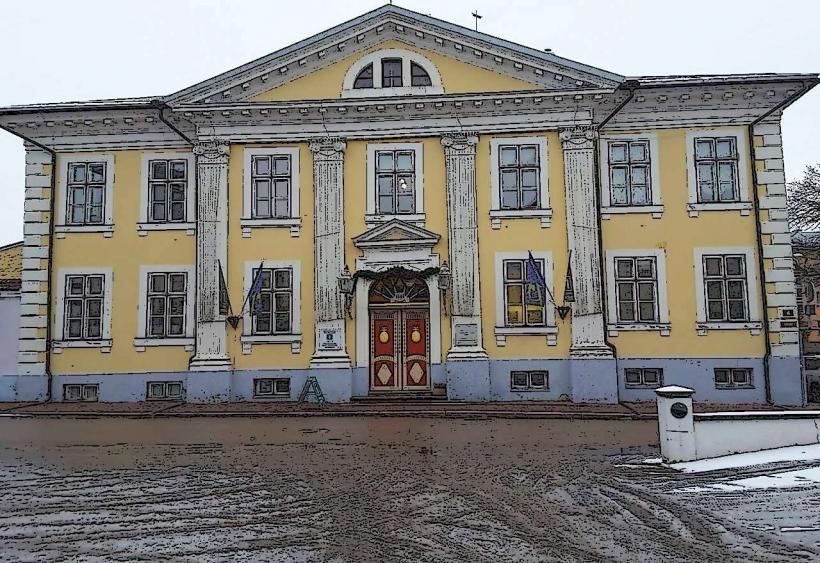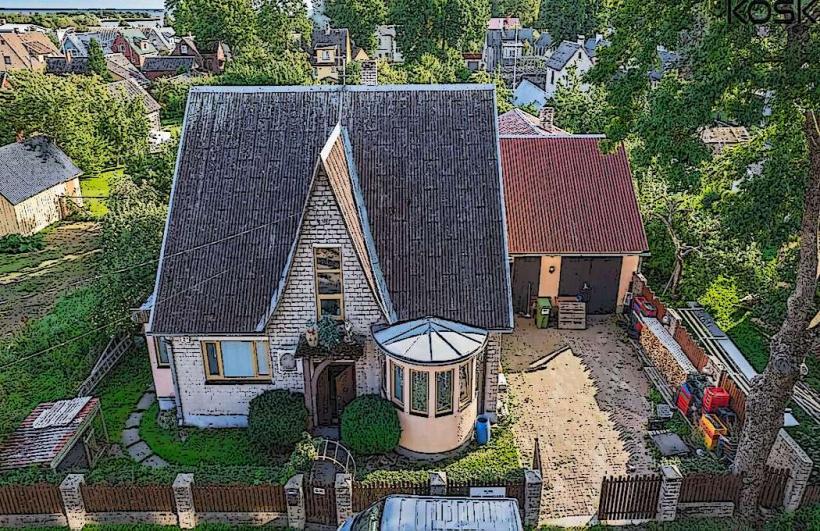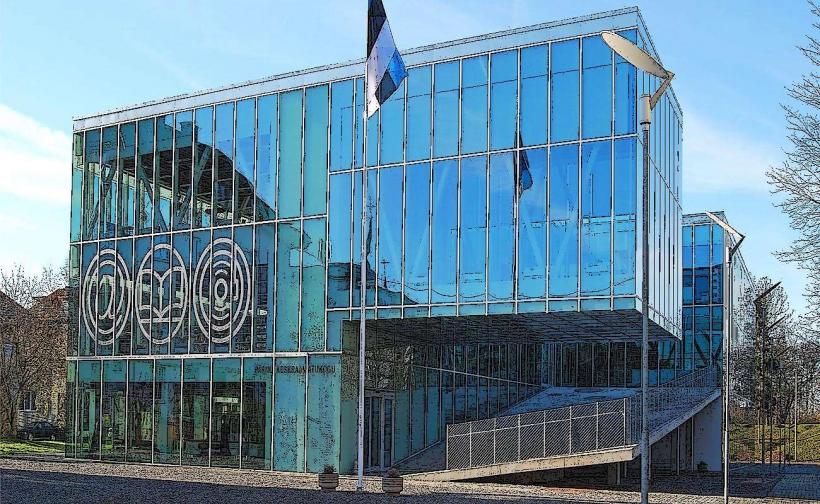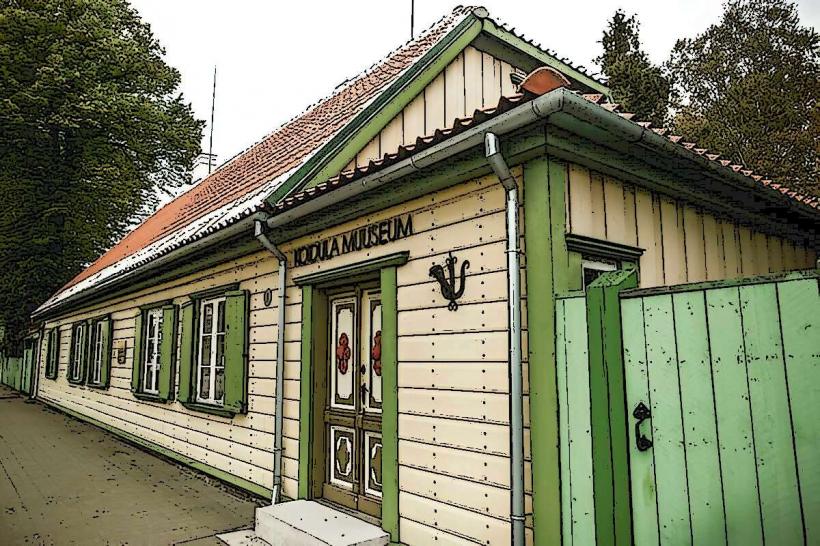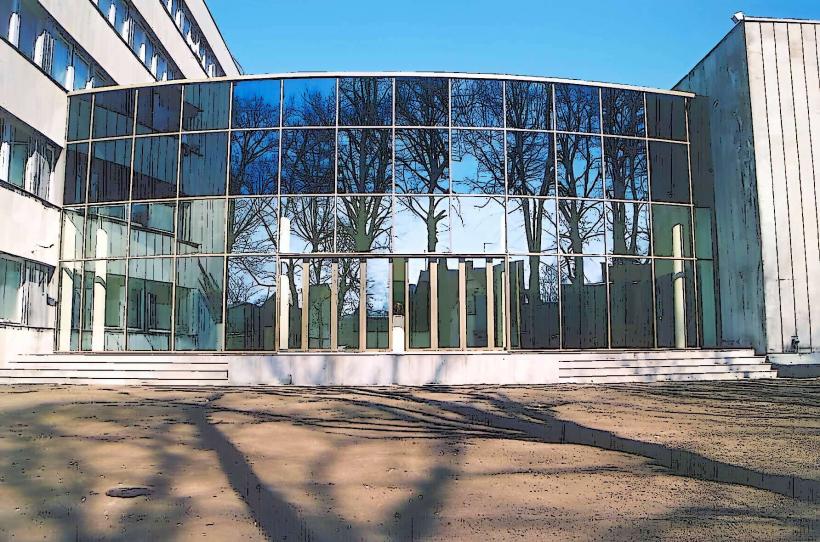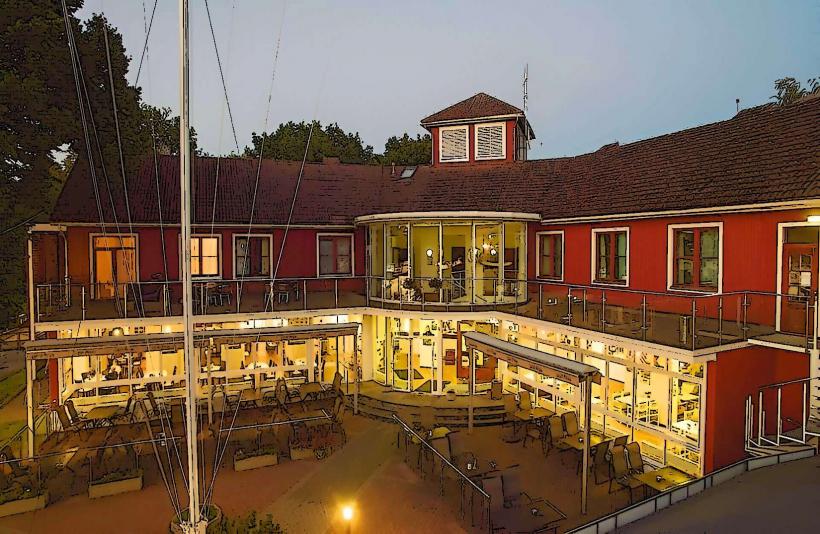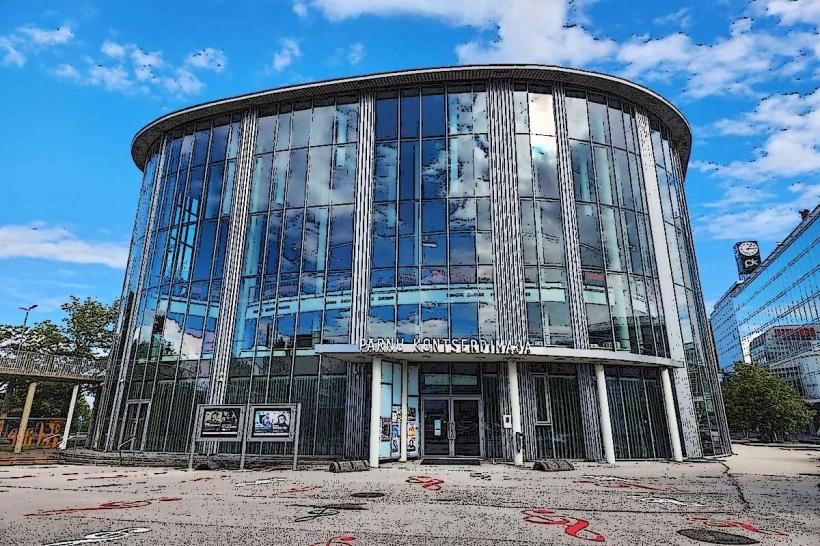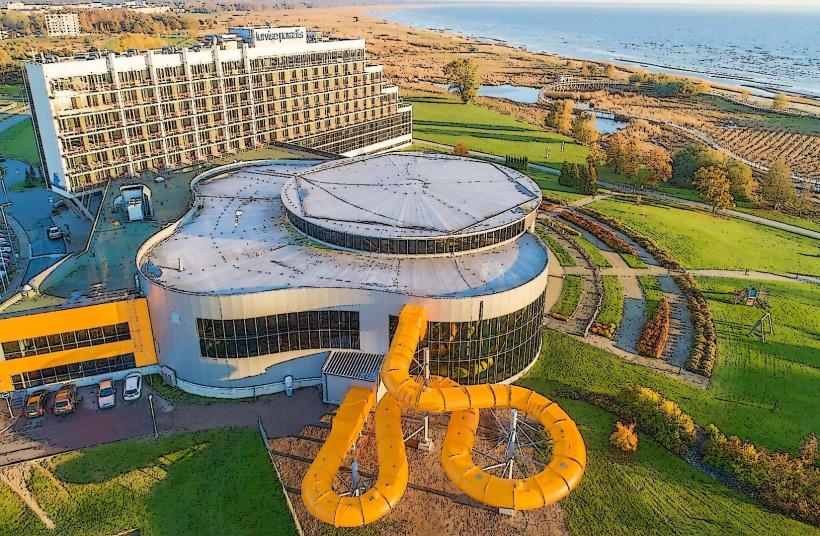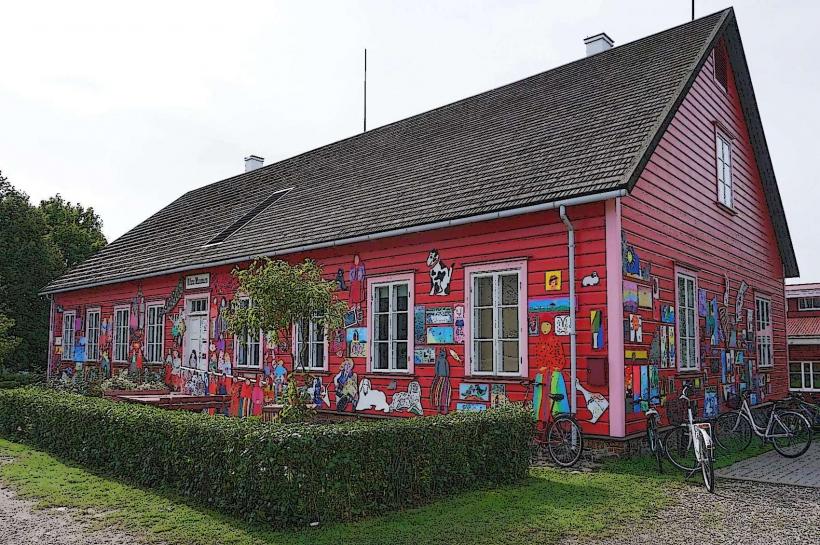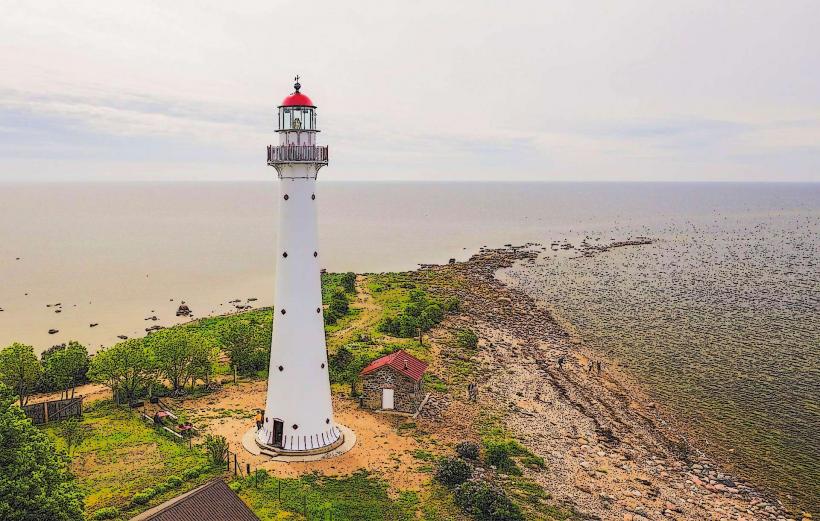Information
Landmark: Cathedral of Saint MaryCity: Parnu
Country: Estonia
Continent: Europe
Pärnu Cathedral, also known as the Cathedral of Saint Mary, is one of the most significant and historic landmarks in Pärnu, Estonia. The cathedral is an important architectural and religious site, with a rich history dating back to the medieval period. Though it is no longer an active cathedral in the traditional sense, it remains a key part of Pärnu's cultural and historical heritage.
1. History
- Medieval Origins: Pärnu Cathedral was originally built in the 13th century, around the year 1251, during the medieval period. It was established as a Catholic church and dedicated to Saint Mary. The cathedral was part of the architectural development that took place as a result of the Teutonic Order's conquest of the region, following the Christianization of the area.
- Architectural Changes: Over the centuries, the cathedral has undergone numerous changes due to fire damage, wars, and shifting religious influences. During the 16th century, as Protestantism spread across the region, the cathedral was reformed, and its role shifted. The cathedral was a Catholic church until the Reformation, after which it became a Lutheran church.
- Destruction and Restoration: In the early 17th century, the cathedral suffered significant damage during the Livonian War (1558-1583) and the subsequent wars that ravaged the region. In the 18th century, further restoration efforts were made to preserve the structure. Despite its turbulent history, the cathedral stands as a symbol of Pärnu's medieval past.
2. Architecture
- Gothic Style: Pärnu Cathedral is primarily built in the Gothic architectural style, which was common in many European churches of the period. The cathedral's design features pointed arches, ribbed vaults, and flying buttresses, characteristic of Gothic cathedrals. Its towering structure was designed to inspire awe and reverence, fitting for a place of worship.
- Exterior: The cathedral’s exterior is made of red brick, typical of Gothic constructions in the region. The building features decorative elements such as pointed windows and elaborate doorways, with twin towers that give the structure a majestic, vertical appearance. The façade has a relatively simple design compared to some other cathedrals, but it is nonetheless imposing.
- Interior: The interior of the cathedral is spacious, with high ceilings and vaulted arches. The church's altar and pulpit are designed in a Baroque style, which reflects the influence of later periods of renovation. The cathedral also contains several medieval frescoes, which are among the few surviving examples from the Middle Ages in Estonia. The floor is lined with memorial stones and tombstones of notable local figures.
- Bell Tower: The bell tower of the cathedral is one of its most prominent features. Originally part of the structure, it has undergone several modifications over time, but it remains a key visual element of the church and the Pärnu skyline.
3. Role and Significance
- Religious Importance: While no longer functioning as a cathedral in the Roman Catholic sense, the church still serves as a place of worship for the local Lutheran community. It is used for services, weddings, and funerals, and it holds religious ceremonies throughout the year.
- Cultural Heritage: Pärnu Cathedral holds great historical and cultural value for the city and the wider region. It is a symbol of the long and complex history of Christianity in Pärnu, marking the city’s transition from Catholicism to Protestantism and reflecting the changing tides of religious and political power in Estonia over the centuries.
- Tourism and Public Visits: Today, the cathedral is a popular tourist destination. Visitors come to admire its historical architecture, artistic interior, and the breathtaking views from the bell tower. The church is open to the public for tours and is also a site for various cultural events, including concerts and exhibitions.
4. Restoration and Preservation
- Ongoing Efforts: Over the years, the cathedral has undergone various restorations to preserve its structure and historical integrity. In the late 20th and early 21st centuries, the cathedral has seen significant work to stabilize and repair the building, particularly after damage caused by the Soviet occupation and various weathering effects.
- Preservation of Artwork: Efforts have been made to protect and restore the medieval frescoes and other artistic elements within the cathedral. The frescoes are particularly valuable, as they offer a rare glimpse into the medieval artistic traditions of Estonia.
5. Visitor Experience
- Guided Tours: The cathedral offers guided tours, where visitors can learn about its history, architecture, and significance in greater detail. These tours often provide insights into the cathedral's medieval past, its role during the Teutonic Order, and the cultural shifts that shaped Pärnu’s religious landscape.
- Bell Tower Views: The bell tower provides spectacular views over the city of Pärnu, the nearby coastline, and the surrounding landscape. Visitors can climb to the top of the tower for panoramic views, making it one of the highlights of a visit to the cathedral.
- Concerts and Events: The cathedral hosts various cultural events, such as classical music concerts, organ recitals, and choral performances. The cathedral’s acoustics and historic setting make it a popular venue for such events.
- Memorial Stones and Tombs: The cathedral also holds a number of tombstones and memorials, many of which are dedicated to prominent individuals in Pärnu’s history. These tombstones are of historical interest and add to the somber and reflective atmosphere of the cathedral.
6. Conclusion
Pärnu Cathedral stands as a historic and cultural monument in Pärnu, Estonia. With its medieval origins, Gothic architecture, and role in the city’s religious history, it offers visitors a fascinating glimpse into the past. Whether you are interested in its architectural beauty, its religious significance, or its role in the city’s cultural life, Pärnu Cathedral remains an important and beloved landmark. It serves as a reminder of Estonia’s medieval roots and its ongoing evolution as a country with a rich and diverse heritage.

